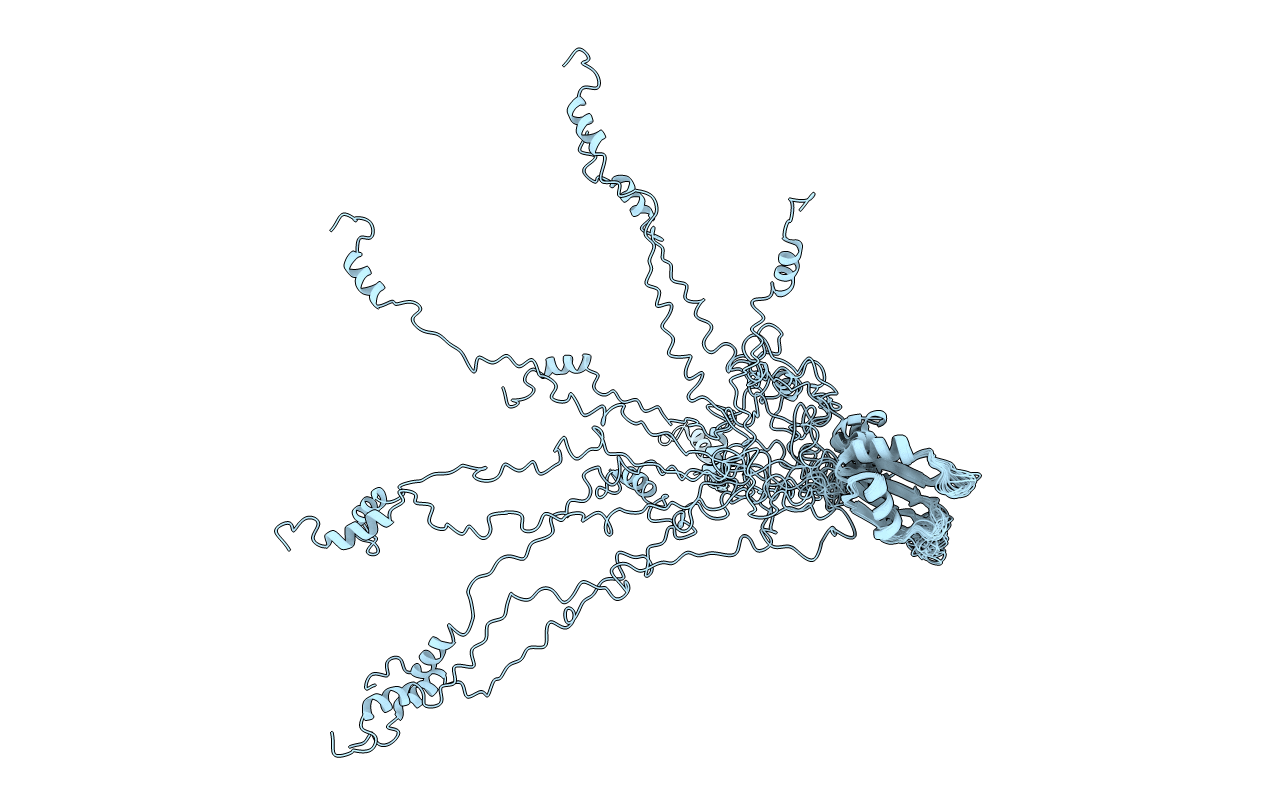
Deposition Date
2005-11-21
Release Date
2006-10-31
Last Version Date
2024-05-29
Entry Detail
PDB ID:
2F3J
Keywords:
Title:
The solution structure of the REF2-I mRNA export factor (residues 1-155).
Biological Source:
Source Organism:
Mus musculus (Taxon ID: 10090)
Host Organism:
Method Details:
Experimental Method:
Conformers Calculated:
20
Conformers Submitted:
14
Selection Criteria:
structures with the lowest energy


